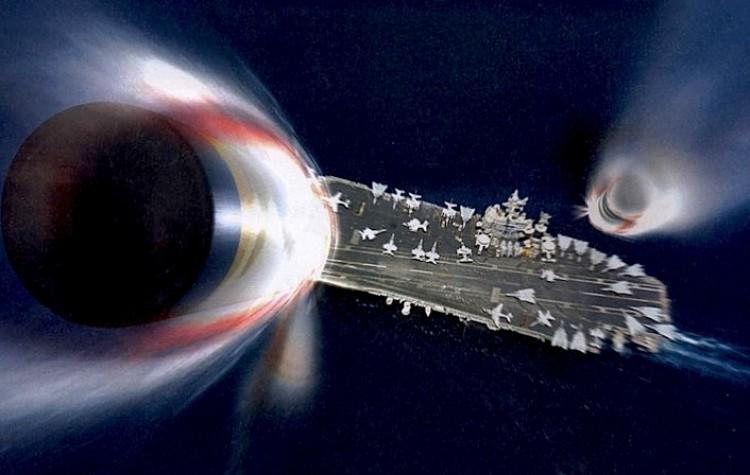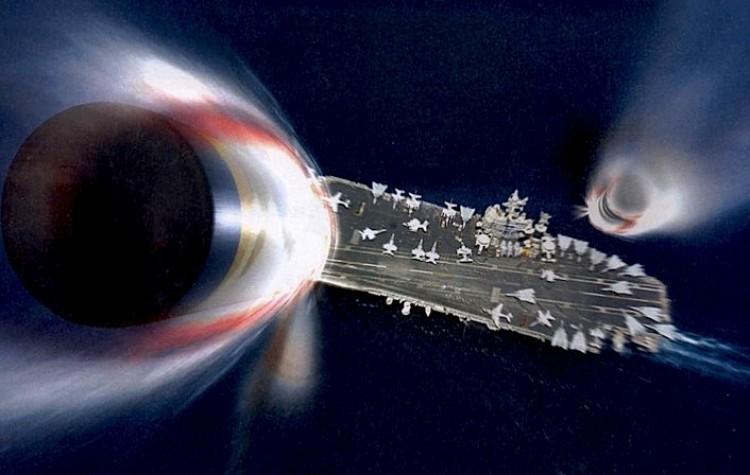Chinese ‘Carrier Killer’ Based on US Technology
China’s ‘carrier killer,' the DF-21D anti-ship ballistic missile was developed with technology pilfered from U.S. military trash during the 1990s, according to recent revelations by a Chinese military analyst.
|Updated:
Matthew Robertson is the former China news editor for The Epoch Times. He was previously a reporter for the newspaper in Washington, D.C. In 2013 he was awarded the Society of Professional Journalists’ Sigma Delta Chi award for coverage of the Chinese regime's forced organ harvesting of prisoners of conscience.
Author’s Selected Articles






